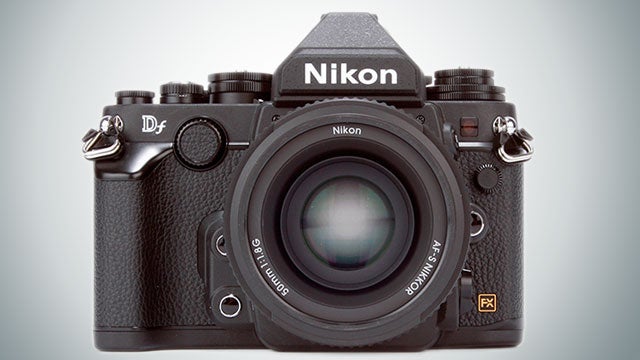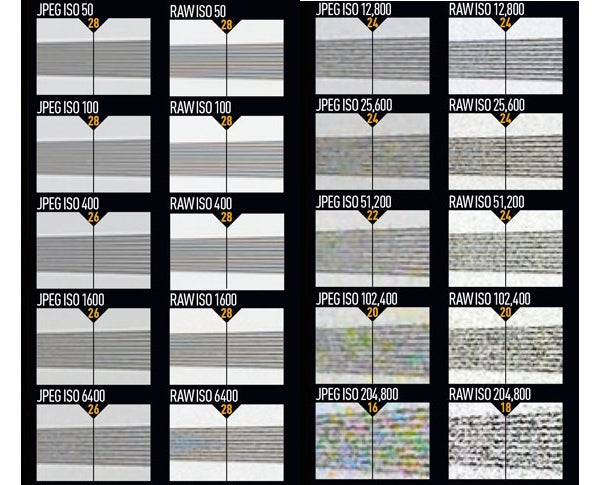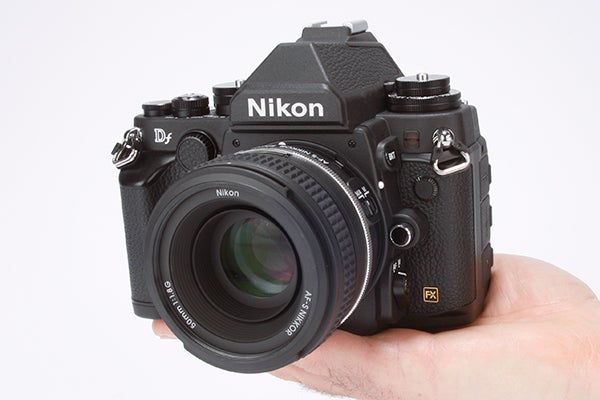Nikon Df Review - Image Quality and Verdict Review
Image Quality and Verdict
Is Nikon's latest retro DSLR a great blast from the past or best forgotten?

Sections
- Page 1 Nikon Df Review
- Page 2 Design Review
- Page 3 Performance Review
- Page 4 Image Quality and Verdict Review
Nikon Df: Image Quality
Exposure metering is via the 2,016-pixel RGB pixel sensor used by the Nikon D610. While it would have been nice to have seen the more sophisticated 91,000-pixel 3D Matrix III metering sensor of the D4 and D80 (particularly when it comes to portraits, where there’s a bias towards the face), it still delivers pleasing exposures.
Overall, then, the Df’s metering is very strong but, as with other Nikon DSLRs that use this sensor, a little exposure compensation will be necessary, with backlit scenes requiring around -0.3EV to -0.7EV to retain highlight detail.
The Nikon D4 is widely regarded as the king of image noise and, happily, Df users will experience the same impressive results. Both raw and JPEG files at low sensitivities display pleasingly smooth and detailed results without any signs of image noise. At higher sensitivities – even ISO 6400 – both JPEG and raw files exhibit well-controlled noise levels. JPEGs show some luminance noise, but it’s not to the detriment of the image and detail is still very good despite signs of in-camera noise processing.
Raw files display subtle examples of chroma (colour) noise also, but detail is just that bit better, while post-processing can tone-down the chroma noise. Even at ISO 25,600, results are more than acceptable, and while there is more image noise, it’s not unsightly and detail is still good. It’s only at 102,400 that it really becomes an issue, with chroma noise being quite pronounced along with a slight shift in colour. Nonetheless, in short, it’s an excellent performance.

Auto white balance produces pleasing results straight out of camera, with nice and neutral looking images. As with other recent Nikon DSLRs there’s a secondary Auto White Balance mode designed to retain the mode of the scene under artificial lighting that can sometimes look too neutral.

Should I buy the Nikon Df?
If at times this review seems a little harsh on the Df – particularly with regard to the build and handling – that’s because hopes were so high. Nikon could have been a bit braver by making it a little smaller, while the finish should have been as premium as the price.
That said, it’s a wonderful camera to shoot with. After all, it has the D4’s sensor, noise control is excellent, there’s a very good AF system and, ultimately, the photos it produces are superb.
However – and there’s no getting away from this – for what it is the Df is a pricey piece of kit.
With the retro-inspired 50mm lens it’ll set you back £2,749 – much cheaper than the D4, but considerably more than a D610 or D800 with that same, albeit not limited-edition, 50mm lens.
So, whether you should buy it ultimately depends on whether you’ve got the non-AI lenses to use on it so get more mileage for your money. And, of course, the price you put on nostalgia.
Verdict
The Nikon Df is a fantastic DLSR in many respects, but it doesn’t quite manage to re-imagine Nikon’s classic SLRs in a way that we can recommend. If you want a full-frame Nikon, the D610 is a better choice.
Next, read more camera reviews or try our pick of the best cameras you can buy
Trusted Score
Score in detail
-
Value 5
-
Design 6
-
Features 8
-
Image Quality 9
-
Performance 8





